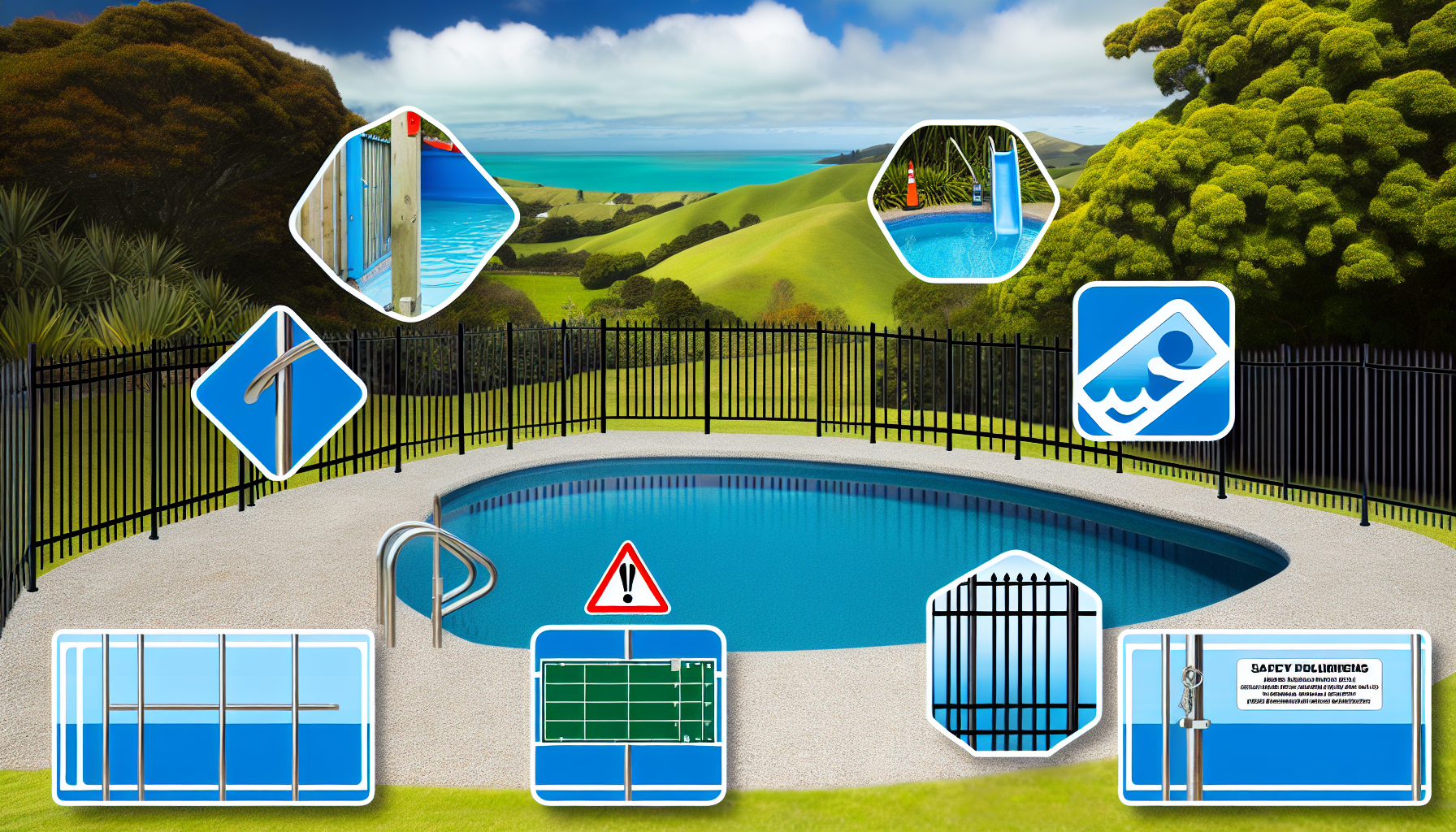If you’ve got a pool or you’re thinking about getting one, there’s one thing you can’t ignore—fencing. It’s not just about ticking a legal box; it’s about keeping kids safe and avoiding headaches down the track. But here’s the tricky part: the rules aren’t exactly the same everywhere. Let’s break it down so you know exactly what you’re dealing with.
Pool Fence Rules in New Zealand
Alright, the basics first. In New Zealand, pool fencing is covered by the Building (Pools) Amendment Act 2016. This law replaced the old Fencing of Swimming Pools Act 1987 and rolled all those rules into the Building Code. Long story short? If you’ve got a pool that’s deeper than 400mm (yep, even a spa or inflatable pool), it must be fenced or have proper safety measures in place.
Oh, and by the way—this isn’t just about permanent pools. If you’ve got a temporary pool that stays up for a while (think: the big inflatable or framed pools from Bunnings or Mitre 10), the same rules can apply.
The Essentials: What Your Pool Fence Needs
So, what does a compliant pool fence actually look like? Here’s the gist:
- At least 1.2 metres high – No shortcuts here.
- No gaps bigger than 100mm – That goes for gaps under the fence and between vertical bars. Kids are sneaky climbers.
- No climbable objects nearby – Yes, this means no garden chairs, planters, or even trees that could help little ones get over.
- Self-closing, self-latching gate – The latch has to be at least 1.5m from the ground (so kids don’t just pop it open).
If you’re unsure if your existing fence meets these rules, Auckland Council has a good pool safety checklist.
Different Rules by Council
Now, here’s where it gets a little confusing. While the Building Code applies nationwide, local councils may still have extra rules or enforcement differences. For example, Wellington City Council or Christchurch City Council might inspect your pool setup a little differently than councils in smaller towns. Best bet? Check your local council’s website or give them a call.
Some councils also offer exemptions in specific cases—things like spa pools with lockable covers can sometimes skip the full fence requirement. Again, this depends on your area, so always double-check.
For example:
- Auckland Council Pool Safety Info
- Christchurch City Council Pool Fencing Info
- Wellington City Council Pool Safety Requirements
What About Spa Pools?
Here’s some good news—if you have a spa pool (under 5000L), you might not need a full fence. The catch? It has to have a lockable cover that meets safety standards. If you’re unsure what kind of cover qualifies, check out pool supply stores like Para Rubber or The Spa Shop—both offer compliant spa pool covers.
Need a Fence? Here’s Where to Get One
If you’re installing a new pool fence, you can either DIY it or hire someone. Just make sure it actually follows the rules—councils do inspections, and non-compliant fences can mean fines or being asked to redo the whole thing (a real pain).
A few places to check for compliant pool fences:
- Bunnings NZ
- Mitre 10 NZ
- FenceLab (great for custom solutions)
If you’re going the professional install route, companies like Zones Landscaping or local fencing contractors can help make sure everything is up to spec.
Final Takeaway
Pool fencing rules aren’t just a formality—they exist to prevent accidents, especially with young children. If you have a pool (or are planning one), getting the fencing sorted before filling it up is the best way to avoid any costly surprises.
Still unsure? Your local council is the best place to start for official rules. And if you’re after materials or professional help, check out the brands and retailers above to get the right fencing in place.
At the end of the day, a safe pool means peace of mind. Get it fenced right, and you can focus on what matters—enjoying the water without the stress.


Leave a Reply